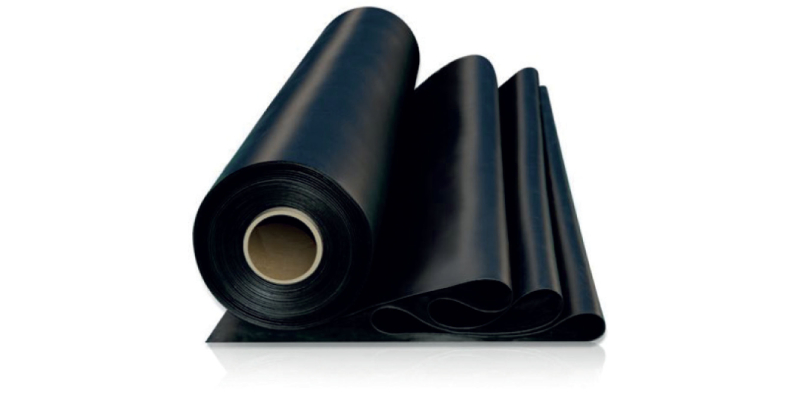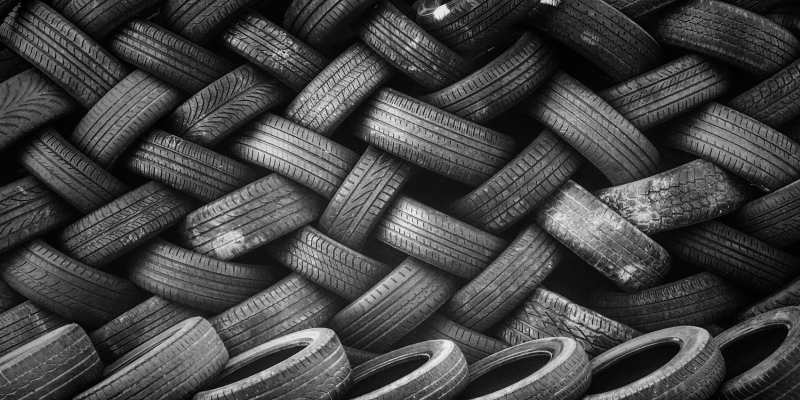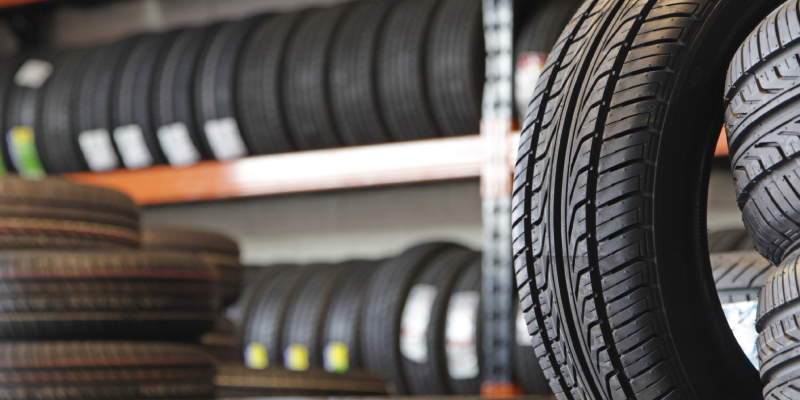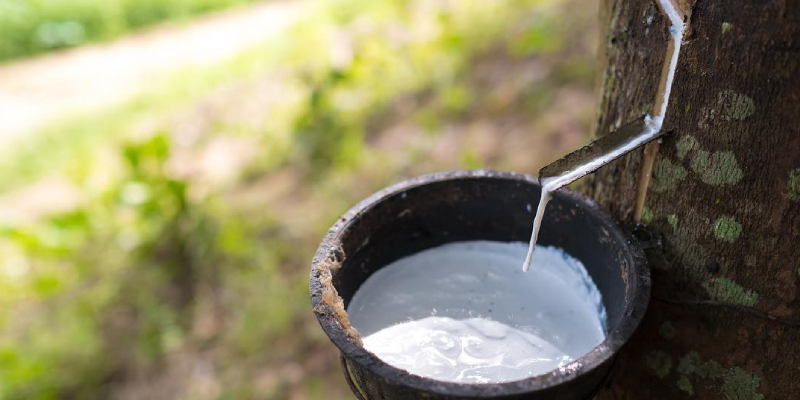Uses, Properties, and Types of Rubber

Bonding Rubber With Steels & A Patent requirements
June 25, 2019
What to Know About Natural Rubber
July 3, 2019Rubber is the common name of the household, which in other words known as Elastomer. It is an undeviating polymer which has the quality of good resistance and elasticity to caustic fluids.
The rubber’s properties depend upon the type of the filler and also on the adhesives used.
Properties of Rubber – Rubber is known for its wide range of applications, because of its properties
- Rubber is recognized for its elasticity. Hence, it can be stretched to nine to ten times and gets back to its original length once the load is detached.
- It is tough and strong and is used for all kinds of conditions.
- It is resistant to air and water and because of this unique property, it is used to store water such as hoses, water bottles, etc.
- A great amount of resistance is exhibited to tearing, abrasion and cutting to the temperature that ranges to -7 to 115-degree centigrade.
- Heat is known to be the bad conductor of Rubber and can carry gases and liquid.
- Because of its amazing properties like strength, hardness, resistance, abrasion, etc, modification can be done to one’s extent by the compounding techniques.
- It is amendable and pliable to all the processes of manufacturing.
- The rubber can be vulcanized hence improving its mechanical properties.
The following are the Uses of Rubber
- Reservoir lining
- Thermal insulation
- Flexible tubing
- All types of belting
- Tubes and tires
- Printing rollers, hose pipes, etc
- Adhesive
- Mounting material and a buffer
- Gasketina material
The Rubber can be classified on the basis of Two Types
The two types of rubber are
- Natural Rubber
- Synthetic Rubber
Natural Rubber
The material of the Natural Rubber is elastic which can be found in the latex of few plants. Natural Rubber is almost made up of 95% of the rubber tree’s latex. The natural rubber is obtained by treating the rubber in two ways. The first one involves the coagulation of rubber is carried on by heat acids and then it is processed. The latter one is mixing of latex with the right compounding materials directly to form the desired shape such as the rubber glove.
Synthetic Rubber is produced by the Artificial Chemical Process
Synthetic Rubber is not really rubber but shares the properties of Rubber. They resemble the natural rubber in their properties and chemical features. They have proved to be better than the natural rubber and are more resistant and also have great elasticity.




